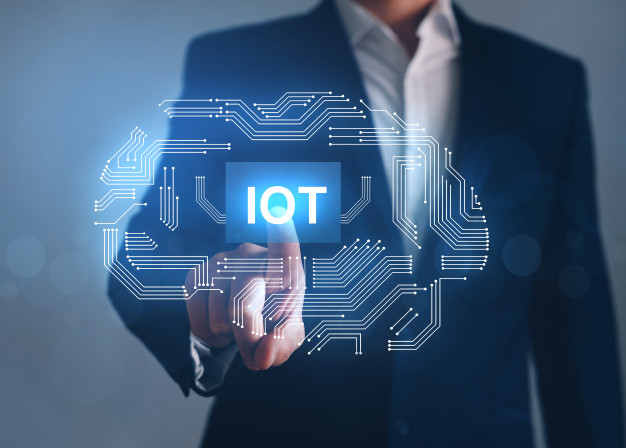Running a facility is a time-consuming task. It can be challenging to keep track of documentation, ensure a high level of client satisfaction, and generate profit all at the same time. Getting IoT makes it easy to monitor and run day-to-day activities.
In the past, managers would use different tools to do all this. However, in the recent past, this has proved to be stressful and difficult. Most managers prefer using one tool that integrates all these features.
This way, there is no need to move data from one system to another to get different results. This is what an IoT does. In this article, we will discuss how IoT improves facility management.
1. Beacons Improve Workplace Experience
Using Beacon technology businesses can send personalized offers to their customer’s smartphones. Using beacons businesses can also provide vital information to users, real-time capture feedback, push for alerts, and reminders.
This is a useful means of employee engagement. The best way to get the best out of user interaction is by getting real-time feedback from the users and beacons to help ensure this while solving any issues that might arise from the interactions.
2. Reduces Operating Costs
The hospitality and healthcare centers use the internet of things to spot any trends at the moment. The connected tools will help the facility determine the best course of action concerning the results coming in.
As such, a center can switch its mode of operation to take control of the situation. This is done faster while utilizing less energy, thus saving on running the entire process.
3. Sensor-Based Automation
Sensor-based automation helps in optimizing the workspace. With automation properties, managers get a sense of how much space is used, which timeframe has the most traffic, and if more space is needed to reverse this.
These sensors will also provide real-time analytics and alert the managers of potentially dangerous situations. Since it is automatic and real-time, neutralizing dangerous situations is faster and only requires little to no human supervision.
4. Helps Ensure Efficient Employee Performance
With the integration of everything, IoT ensures that all the activities in the office are running seamlessly. With everyone having their tasks outlined for them and progress being updated in real-time, a team can work together without any hitches.
The team you have gets to do more and produce better results in a shorter period. This, in turn, translates into profits. The tool also comes in handy when monitoring employee performance since it records the work on the system.
5. Promotes Transparency
More often than not, clients want a real-time report on projects they are working on with a company. These require that data is compiled and organized. If the company is giving reports at regular short intervals, then it might be difficult. IoT makes all this easy, and the client can rest easy because they see how their project is progressing.
Conclusion
In implementing the internet of things, managers are sure of efficiency in the office. To ensure managers get the best out of their IoT, they need to consider their company’s needs and their project’s needs. In doing so, they will know which software and add-ons will work for them and what will not work.
Once they figured it out, then they can put together a system that will work. Often, this will involve experimenting before getting it right, so they should be ready to do so.
